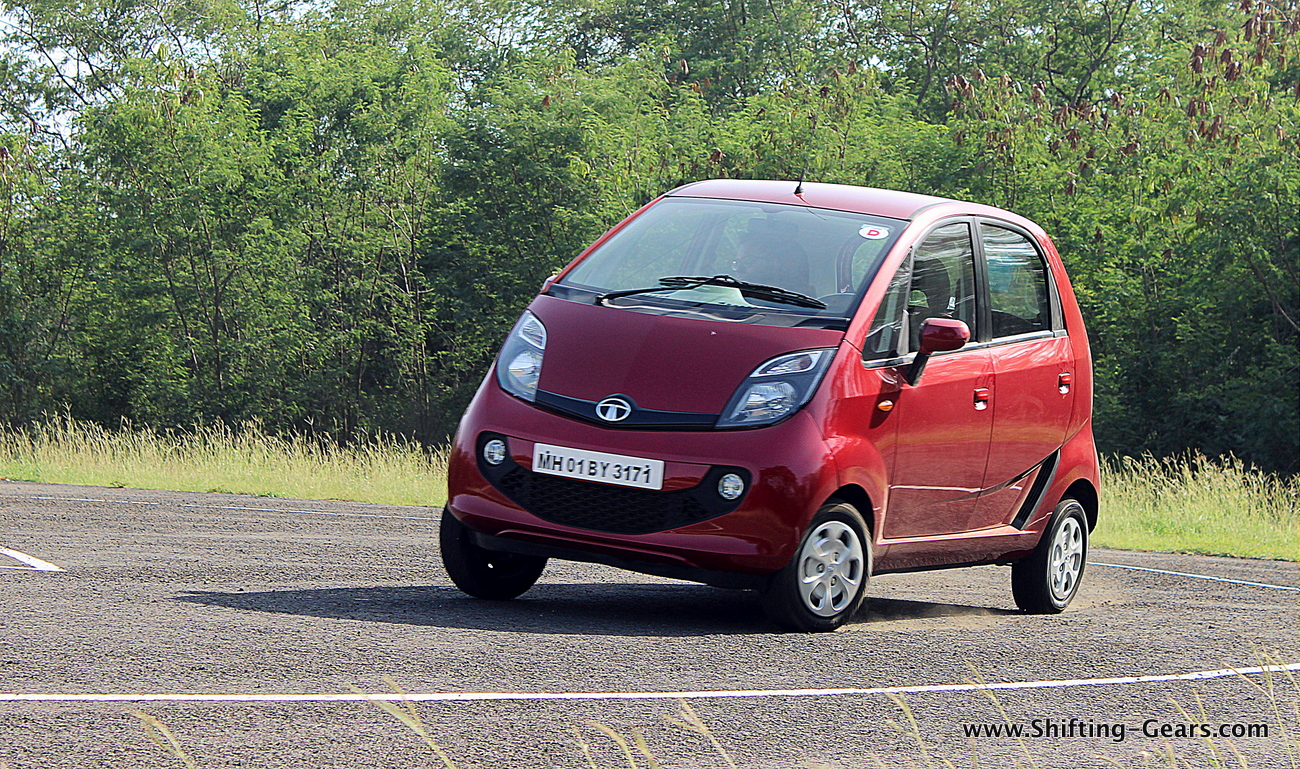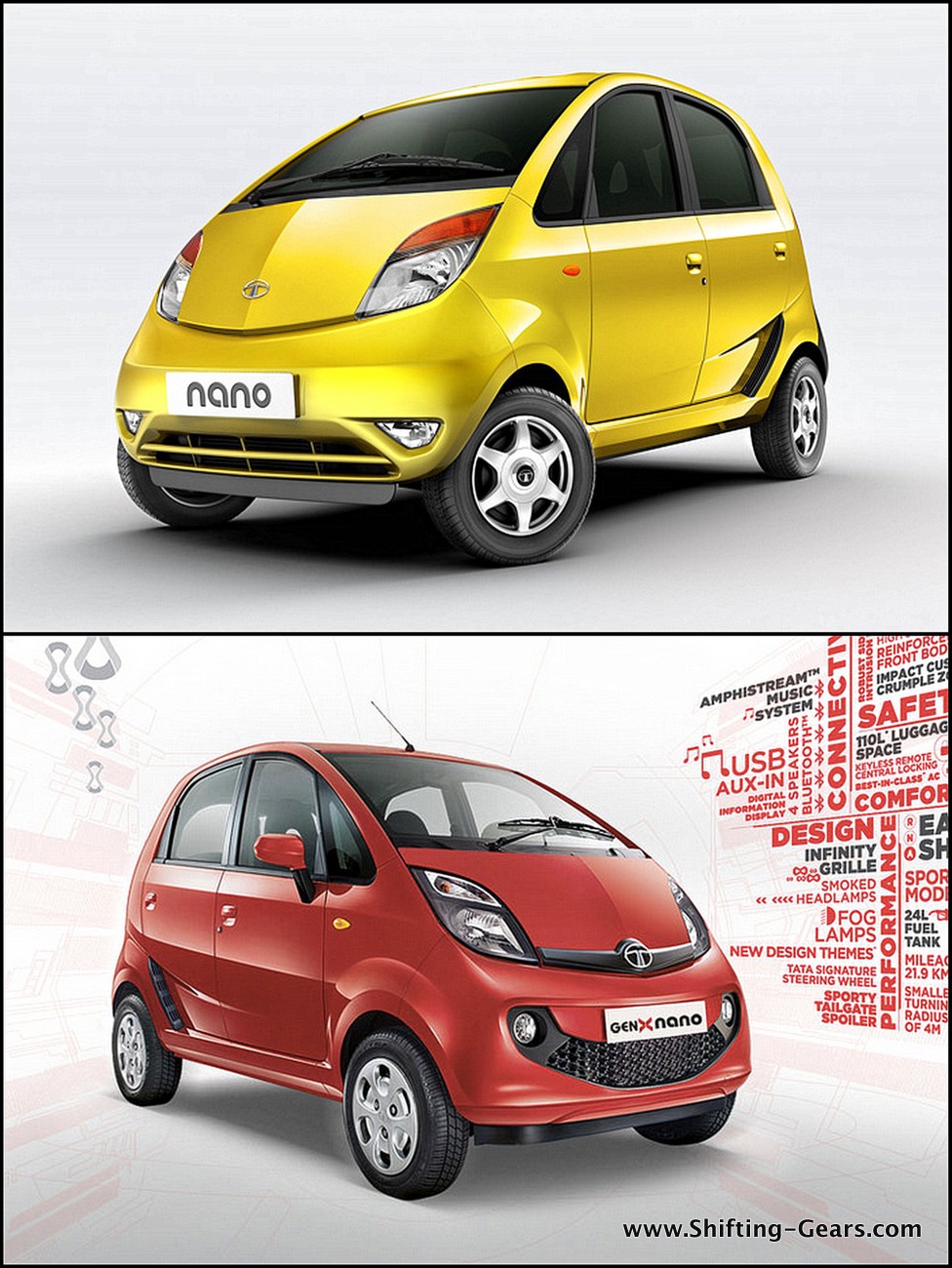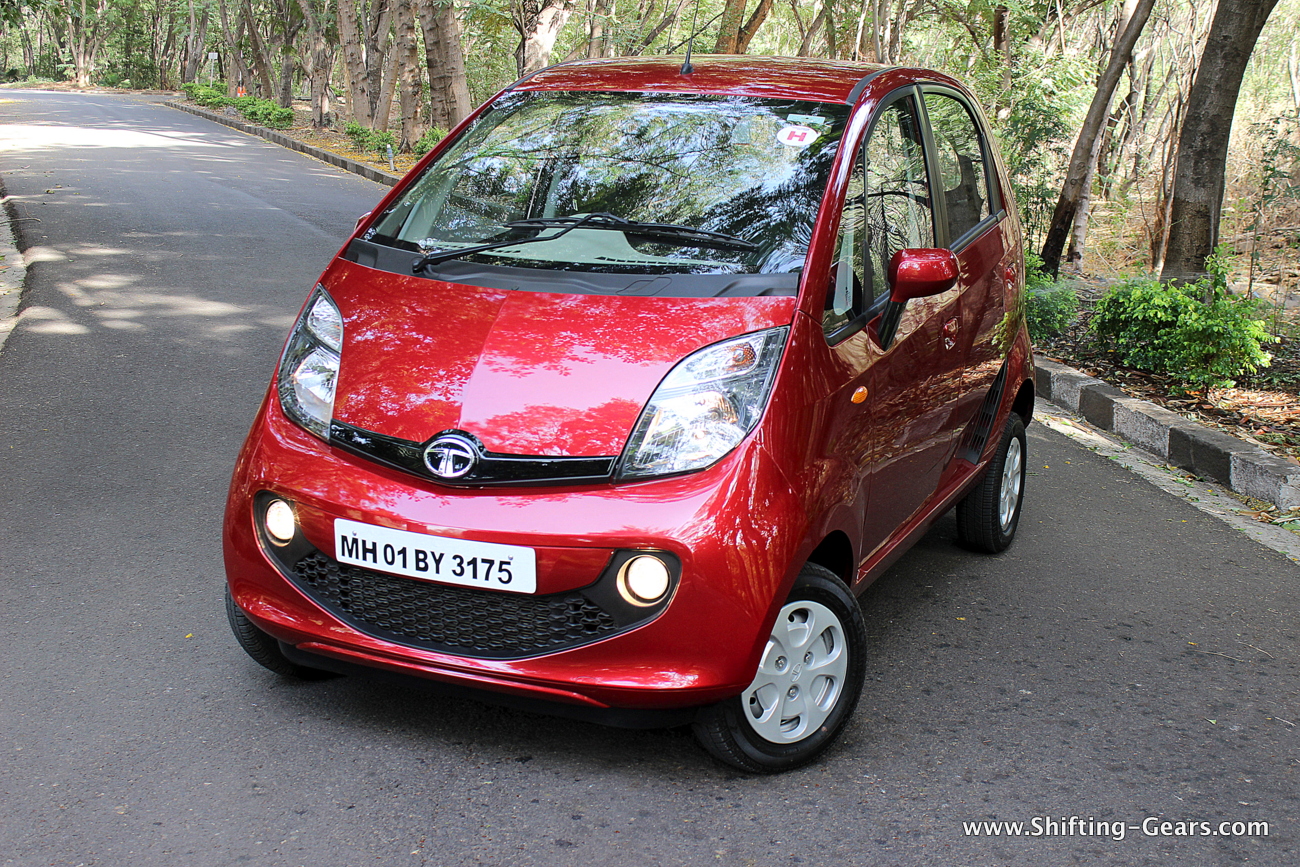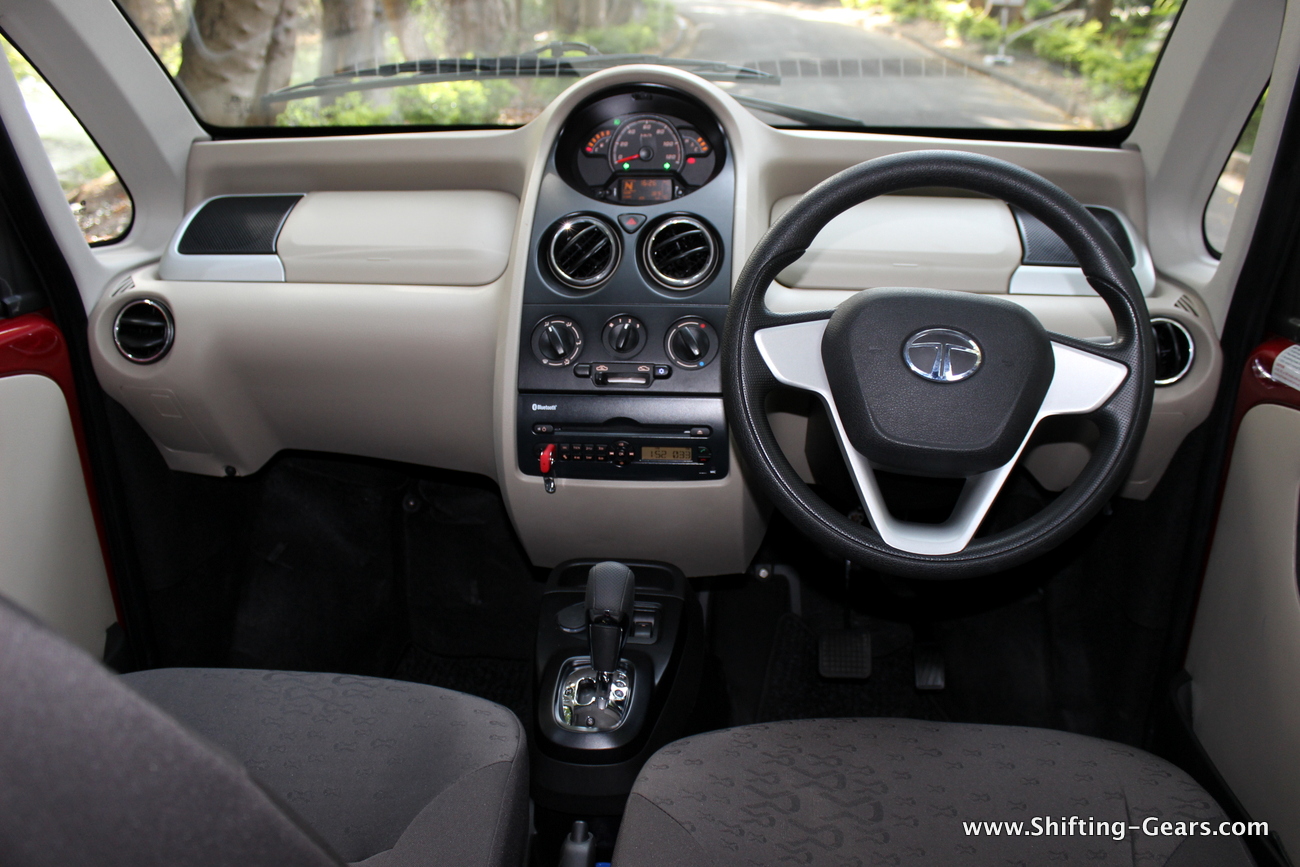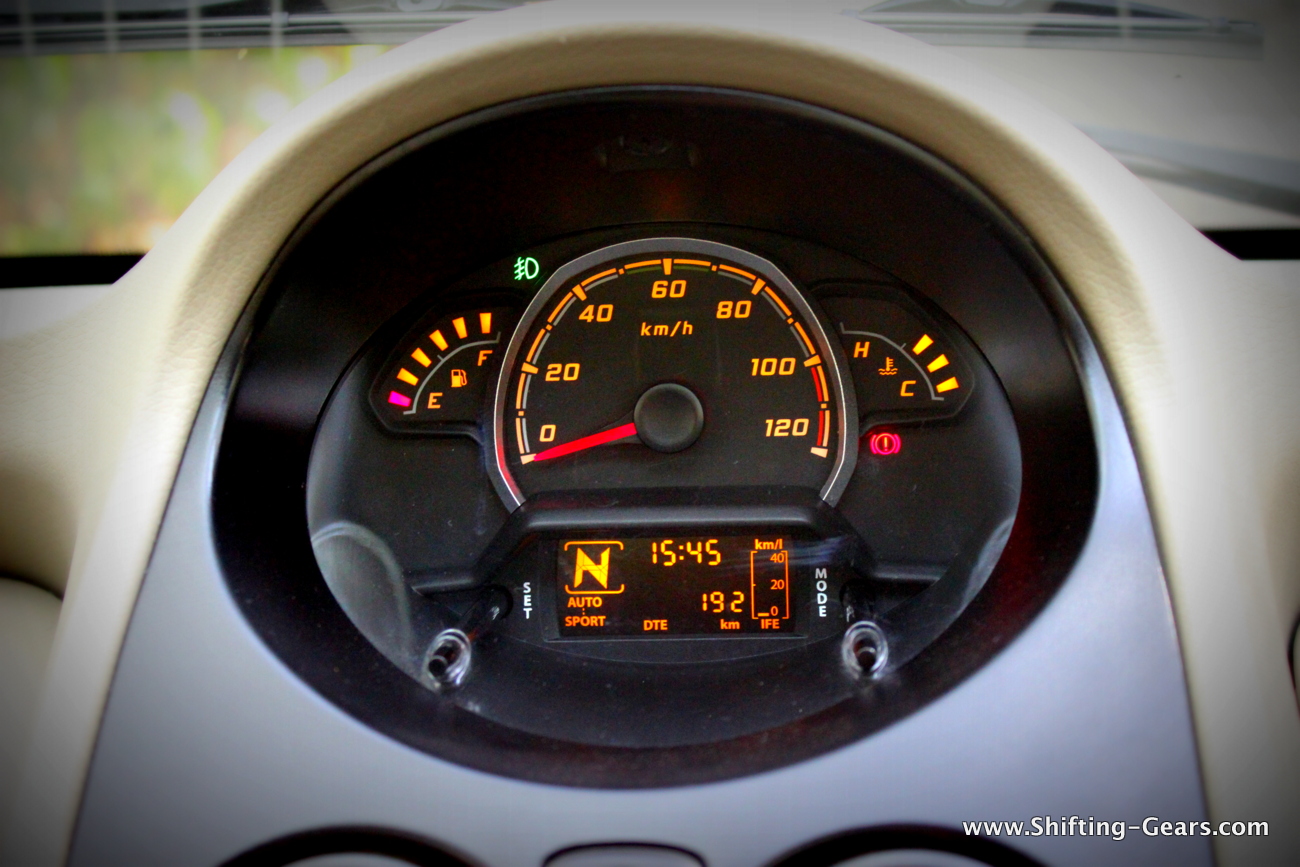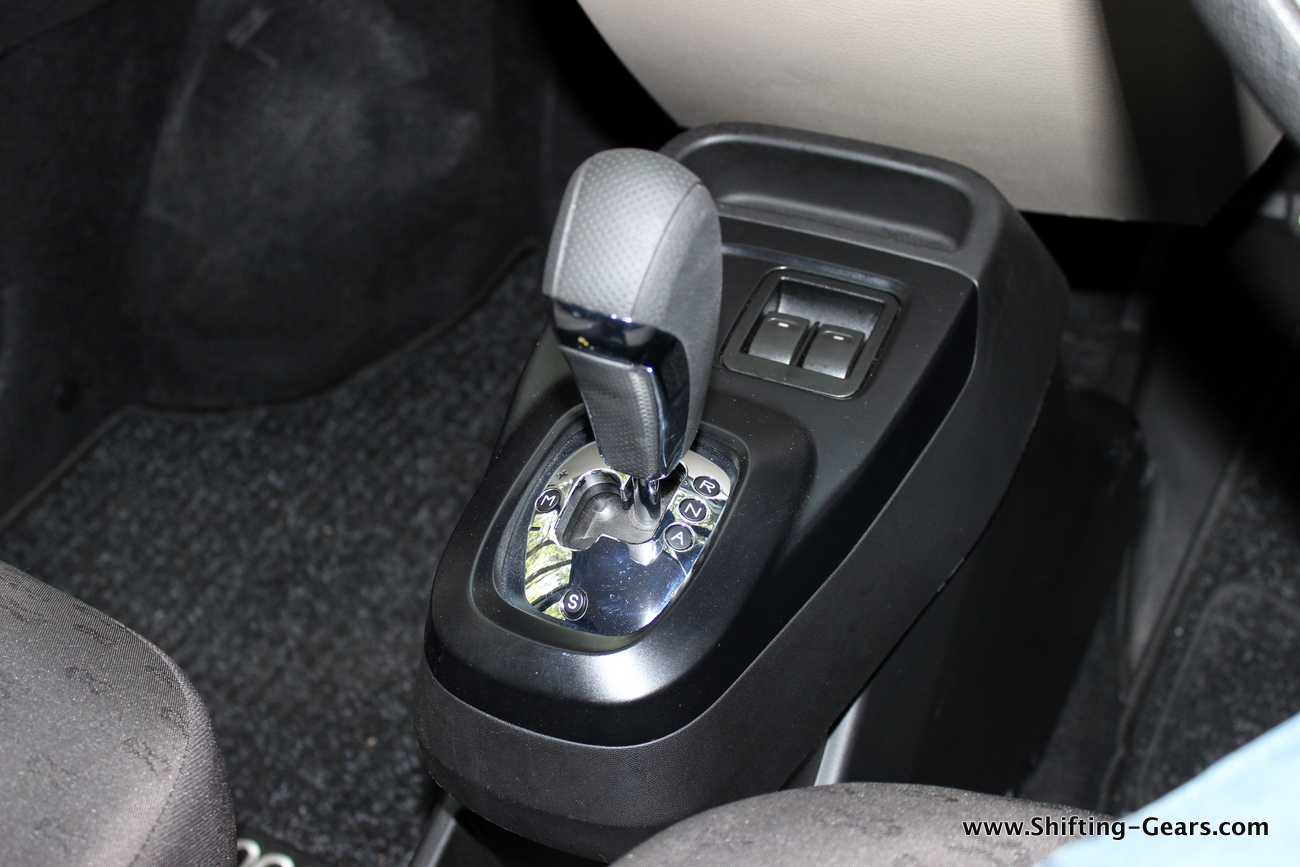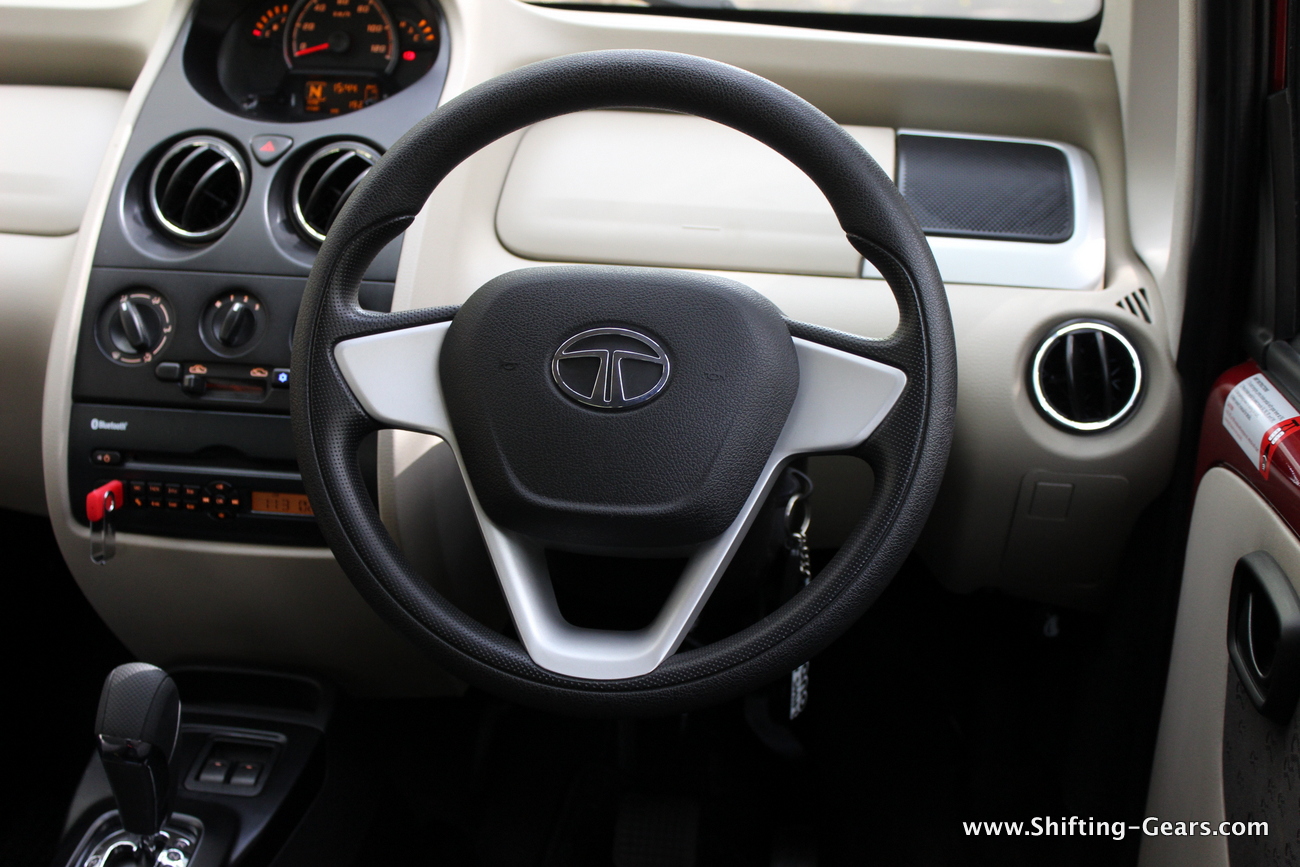The most affordable car in the world, and yet, a dud selling product here in the Indian market. Why & how? All thanks to Tata Motors. The Tata Nano is an engineering marvel. Packaged at such a low price, it ticks almost all boxes for someone who actually cannot afford a car. But then, the initial branding strategy of calling it the cheapest car in the world worked against the sales numbers. No matter how low the bank balance, nobody here in India wanted to be seen in a Nano considering its cheap image, and also since a car is the second biggest purchase this side of the world after a house. It started off as Ratan Tata’s dream project of building an affordable car for two-wheeler owners primarily, who cannot take the leap to a four-wheeler due to cost constraints. While the dream was delivered, the Nano failed to impress. The more expensive Maruti Suzuki Alto continues to sell around 20,000 units per month while the Tata Nano sells not more than 3,000 units a month. Shame! Reports suggest that if the sales of the Nano do not show a significant improvement by 2017, this dream project would be no more. Although not a popular & frequent sight on the streets, seeing the Nano being shelved from the market would be quite a loss for the engineering marvel that it is. Tata Motors might be planning a final push for the budget hatchback by adding an AMT gearbox and other creature comforts. With an investment over Rs. 4,000 crore for the Nano, discontinuing it might be a hard decision, but if sales see no improvement for more than half a decade, it could be the right move.
But for now, things look really positive. The Tata Nano looks & feels like a more accomplished hatchback than it was earlier, and even carries features from a segment above. Dubbed as the Tata GenX Nano, this car will be pitched as a smart city car rather than purely calling it cheap (read – affordable). This new model, facelift as one might call it would replace the older Nano models apart from the CNG equipped version, which would remain as is for the moment. Providing an automatic (AMT) gearbox along with power steering will surely attract a larger audience. Those looking for a compact & convenient city commuter could really make note of the Nano now. Tata claims a lot of customer clinics had been conducted and all the changes made are now primarily the customer’s feedback. The car now comes in a wide range ox exterior & interior colour combinations with a couple of made-to-order options as well. Tata is surely trying hard to impress with this extra effort. So, is the new Tata GenX Nano Easy Shift worth all the hype? Does it live up to ones expectations? Tata Motors invited us for a drive and here’s what we found out…
Exteriors:
The 2015 Tata Nano continues with the same body shell, but gets noticeable changes in the styling department, as if the case with every facelift. The new Nano now smiles wilder with its new front grille and also, quality has improved by a fair margin. Paint quality is now consistent all around the car, and fit & finish also seems more tight. By budget standards, the Nano is now up to the mark, if not THE best.
At the front, the most noticeable change is the wide air dam in the bumper which Tata Motors loves to call as an ‘Infinity Motif’ grille. Well, there is a styling highlight here as it is not the regular mesh, but multiple infinity signs making up the structure of the grille. Fog lamps are now tucked on either ends of this new grille, noticeably higher than the previous position. This will also save the fog lamps from taking the hit first, which used to happen with the older version. Front bumper also gets prominent crease lines now & a black skirt below. On top, you get a piano black hood garnish which also sports the Tata logo. This breaks the body colour monotony and separates the bonnet & he bumper nicely. Headlamps although of the same shape, get a smoked effect not. There’s Nano branding even on the headlamps and the turn indicator section gets a chrome surround as well. Apart from this, the front remains the same with a single wiper blade & a roof mounted antenna above the front windscreen.
Come to the side & there’s nothing new one might easily notice. Wheel arches are now a little more pronounced and add some more bulk to the proportions. The new GenX Nano continues with the same side body crease line with an aero duct next to the rear door. B-pillars are blacked out and on the top-spec variant, ORVMs are body coloured. What’s missing though are alloy wheels. This was a noticeably omission as Tata Motors has almost added everything else on the new model. Although there’s a keyhole next to the door handle, the GenX Nano also comes with remote to unlock the car.
At the back, the Nano gets similar styling on the rear bumper – a wide smiling air dam to allow better heat dissipation. Stop lamp has now been moved from the bumper, to the top on the windscreen, from the inside. Tail lamps of the GenX Nano seems the same to us. Don’t know if Tata claims anything has changed. If you look closely, the design of the rear windscreen has now been changed. Branding at the back includes a Tata logo in the centre, Nano XTA badge on the right & Twist badge on the left. At the end of the bootlid, you now get a piano black applique. Although extremely subtle, and almost unnoticeable, Tata Motors likes to boast the rear spoiler as a feature. The interesting change at the back is the handle which you see. Yes, the GenX Nano gets a user friendly openable hatch which can easily eat up 2-3 medium size bags. We wish a rear wash & wipe was offered, it would have rounded off the Nano really well. Also missing is the rear defogger.
With all this, place the GenX Nano next to a Maruti Suzuki Alto or a Hyundai Eon, and it doesn’t really look cheap. Actually, it stands out as more funky amongst the three. Yes, it is built to a cost and it’s evident, but it offers more value for money.
Interiors:
Get inside the Tata GenX Nano Easy Shift XTA and the beige & grey interiors welcome you with an airy cabin feel. Depending on the variant, Tata Motors now has a total of 5 interior colour options. Impressive considering that the range would top under Rs. 3.5 lakh. No other manufacturer gives you an option for interior colours in this price bracket.
Step inside and the first thing you notice is the new steering wheel. This unit has been shared with the Zest & Bolt and will be Tata new signature steering wheel. It is not only better to look at, but even feels better compared to the hard rubber finished unit seen before. Keyhole is placed conventionally on the steering column. Centre console, vertically stacked up now gets a black finish. Instrument cluster now feels a upmarket with a mix of digital + analogue. Data displayed in the MID includes selected gear, selected driving mode, time, instantaneous fuel efficiency, average fuel efficiency, DTE, gear shift indicator, two trip meters & an odometer. Quite a lot by budget standards, even the Hyundai Xcent does not offer so much. Instrument cluster gets an amber backlit.
Below, you have the two AC vents which are very easy to direct windblast. Each AC vent in the Nano now gets a chrome surround. Below the AC vents you have the manual AC controls. Touch & feel of the plastics although satisfactory, could be a notch better. AC performance of the Nano has always been on the positive side and continues to stay so. The AC is a chiller, even on a hot summer day with outside temperature touching 40 degrees. Below the AC system is what Tata likes to call an ‘Amphistream’ audio system. Although it sounds fancy, it is just an ordinary looking head unit. The system now supports bluetooth, audio streaming, USB & aux-in. The GenX Nano comes with a total of 4 speakers – 2 placed in front of the front windscreen & 2 placed in front of the rear windscreen. This also helps in deflecting the sound well delivering good sound quality by segment standards. Plastic quality of buttons for the head unit however feel cheap, and they make a clicky sound. On either end of the dashboard, you get a covered storage bin to park oddities. Locking of these bins however feels cheap and takes more than one shot to get them closed at times.
Below the centre console is what Tata Motors is trying to attract customers with – the AMT console. The AMT unit is identical to the Zest and gets a chrome faceplate with R-N-A-M markings and a button for the sport mode. Gear stick also gets chrome accents. The only difference is the gear stick seen here is not wrapped in leather, but rubberized. Parked in front of the AMT console are the front power window switches. Which are now more easy to access compared to the 1st generation model.
Seats of the Tata Nano are seen in dark grey, almost black. To add some funk, they get a contrast orange stitching in the centre and the infinity sign around the shoulder / back area. Seat quality is much better than what we’ve seen before. Even the rear neck restraints look better finished compared to the older ones which looked a bit crumpled towards the connecting section. Seat compound remains similar, medium but towards the firm side. Seat width, given the size of the car is limited. A healthy occupant will easily feel the seat not covering his entire back, and this won’t really be ideal during long drives. Driver seat height has never been a problem and both taller and shorter occupants would be at ease inside the Nano. Door pads also get a cloth with the infinity sign to add a bit of premium feel.
Jump to the rear, and the seats are now contoured. Bolstering also looks improved on either ends. The Nano offers the best-in-class rear seat space thanks to it’s tall boy design. Seating 3 at the back seat will not be a problem. For two occupants, the seats are now nicely contoured for added comfort. For the 5th occupant though, the seat bench as well as the back rest would feel a bit raised, hence, slightly less comfortable. Nano badge in the centre, orange contrast stitching & the infinity symbol continue at the rear as well. Rear windows continue to get manual controls.
The openable hatch has made carrying luggage in the Nano a lot more convenient. The GenX Nano sports 110L of luggage space in the manual version & 94L in the AMT version. Loss in space is since the AMT unit needs to be accommodated in the tight rear engine bay. Also, you get a new Nano embossed parcel tray which can be used to park stuff while on the run. Boot however is openable only with the key. This will cause some inconvenience to owners since they will either have to hand over the keys or walk up to the rear to pop it open. The rear handle seen on the tail gate is just a scoop to lift it, and not a door like handle which opens the boot.
When it comes to space, as is the case with all Tata cars, the Nano continues to impress with good legroom, headroom & shoulder room. With quality of parts improving, the Nano doesn’t really feel as crude as it was on day 1. Is cost cutting evident? Yes. But should you expect more at this price? We don’t think so.
Engine, performance & handling:
Powering the GenX Nano is the same 624cc, twin-cylinder petrol motor producing 38 PS of power and 51 Nm of torque. The major change comes in the gearbox department where the older 4-speed manual has been replaced with a 5-speed AMT in the XTA variant.
With the GenX model, the radiator has now been moved in the bonnet area and is not placed at the back, near the engine anymore. With this addition, Tata had to rework the structure a little. This has resulted in a reinforced front body structure which will surely add a bit extra for safety. Also, the new model features an additional cooling fan at the rear for better engine cooling & safety. Thermal management has also been improved with the use of a new exhaust system. NVH levels have also been improved and on idle, the Nano feels slightly better from inside the cabin compared to the older variants. By better, we don’t mean that vibrations and engine drone is completely eliminated, it is still felt, but less.
Fire up the GenX Nano XTA and the twin-cylinder motor makes its presence felt. Tata Motors has added a new ‘Creep’ function on the AMT gearbox in the Nano. Even the Zest does not have it for now. What this does it, as soon as you release the brake, the Nano starts creeping forward as a conventional automatic. This is unlike other AMT cars where the car moves forward only with accelerator input. This makes city driving (bumper-to-bumper traffic) situations much easy to handle, and less tasking for your feet. Creep speed however is not too fast and it simply just moves the car ahead say at ~ 5 kmph, still a very thoughtful function. Tap the accelerator, and there is some lag for the gearbox to respond. The AMT sourced from Magneti Marelli is a little sloppy and accelerator input is not felt in a crisp engine response. Tata Motors claim this has been done intentionally to reduce a jerky ride at slow speeds. Within the city, the Nano XTA performs well and there was nothing more that we expected. It offers the convenience of an automatic, at an affordable price, and with an affordable AMT gearbox. Gearshifts are seamless, but audible – thanks to the coarse motor.
Hit the highway, and the floor the pedal. Although first gear acceleration is sloppy, the second gear is super tall. The GenX Nano accelerates well over 60 kmph in second gear along with creating a massive drone inside the cabin. High speed performance, as was the case before, is not the Tata Nano’s cup of tea. The smart city hatch is built to be driven in a sedate manner and feels strained when on high speeds. Push over 80 kmph and the AC also shuts down at times. Top speed is the same, a notch under 110 kmph. Stability at high speeds is also poor, and crosswinds affect the Nano noticeably. If you want sharper acceleration, we recommend switching to sport mode. It holds on to a ratio for longer, and hence, keeps the car in the power band. Enthusiasts would love to drive in sport mode even in the city because of the better throttle response.
With owners complaining about the short driving range the Nano offered, Tata Motors now offer a larger 24L fuel tank with the new model. The AMT version delivers 21.9 kmpl which will suggest a driving range over 500 km, at least on paper.
With a turning radius of 4 metres, the Nano is extremely easy to drive around the city. Thanks to the EPS, the light steering effort required makes things much easier while parking. Ride quality is acceptable, but feels softer and complaint when 2-3 occupants are in place. With just the driver, the suspension setup does feel a bit stiff.
Braking performance is slightly weak, thanks to all four drum brakes. The brake bite is not felt instantly after you press the pedal. Although the car comes to a halt without much drama, there is no confidence felt while doing so. Also, when using the creep function at parking speeds, the brake pedal offers very limited travel. Newbie drivers would feel as if the brakes are not even being applied. This needs to be worked upon for sure.
But then, pricing is key. We think the GenX Nano XTA (AMT) will surely be priced in the range of Rs. 3.5 lakh (on-road), and this is real good value for money. The Nano now stands are a well packaged city car and for first time buyers, there’s everything one might need. Quality, fit and finish has improved noticeably and the cheapest hatchback doesn’t really feel cheap anymore. A good marketing exercise, like Maruti did with the Celerio could work wonders for the Nano. But are customers still looking at this small wonder? Tata will offer the GenX Nano in 4 variants – XE, XM, XT & XTA. With the number of features offered, we think the Nano surely needs to be given a shot while looking for a budget hatchback. It surely makes sense than buying a used car in the same budget & of the same segment. Sales figures in the coming months will tell us the real story though…

